What do you think of this landscape design?
CFT
14 years ago
Related Stories
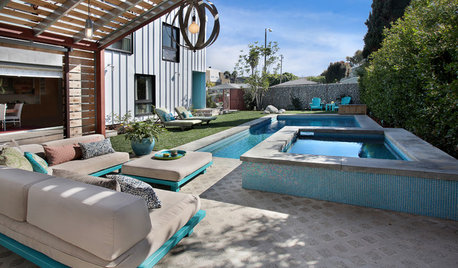
LANDSCAPE DESIGNThink Turquoise to Energize or Soothe the Garden
Turquoise combines the tranquility of blue with the energy of green. Use it as an accent color in the landscape
Full Story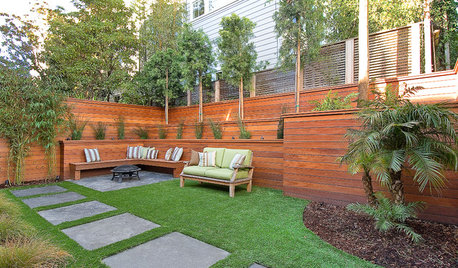
LANDSCAPE DESIGNCreate a Remarkable Garden by Thinking in 3D
Thinking of your space as a dimensional piece of sculpture can make it grand no matter what size it is
Full Story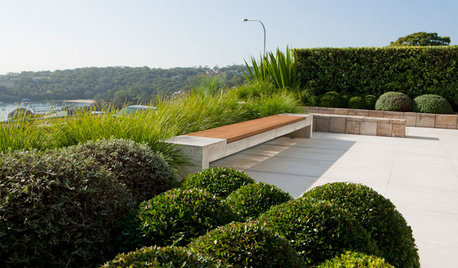
GARDENING GUIDESLandscapes Take Shape With 3D Thinking
Strike the right balance of mass and space in your garden to give it intriguing dimension and appeal
Full Story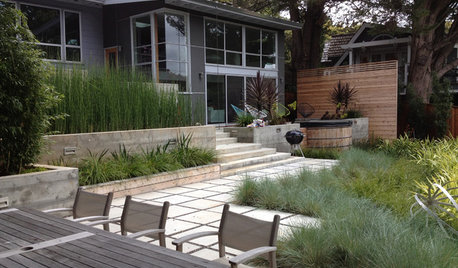
LANDSCAPE DESIGNLet's Revisit Some Revolutionary Garden Thinking
One book changed the vision of postwar British garden design forever. See how it's influencing your garden today
Full Story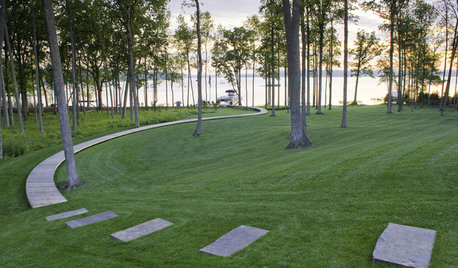
ARCHITECTUREThink Like an Architect: Know Your Homesite for a Great Design
Learn how to approach a building site the way professionals do — considering everything in sight
Full Story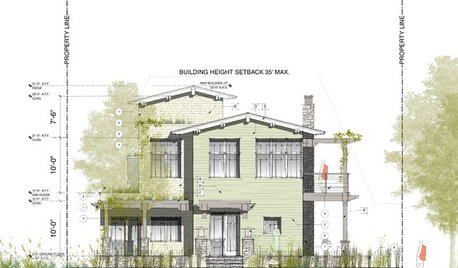
ARCHITECTUREThink Like an Architect: How to Pass a Design Review
Up the chances a review board will approve your design with these time-tested strategies from an architect
Full Story
GARDENING GUIDESNew Ways to Think About All That Mulch in the Garden
Before you go making a mountain out of a mulch hill, learn the facts about what your plants and soil really want
Full Story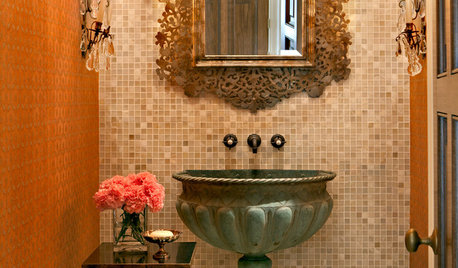
DECORATING GUIDESFor Your Next Sink, Think Unique
Any kind of vessel can do the trick — from buckets to barrels, outsized shells to old-fashioned washers
Full Story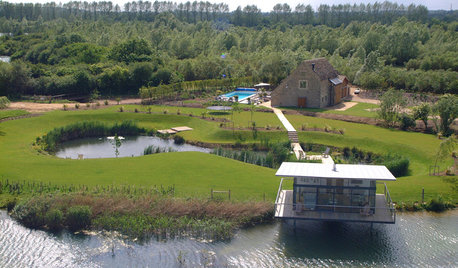
MODERN ARCHITECTUREHouzz Tour: Creative Thinking Yields a Lakefront 'Living Room'
Careful planning leads to a new structure and location for a stellar view
Full Story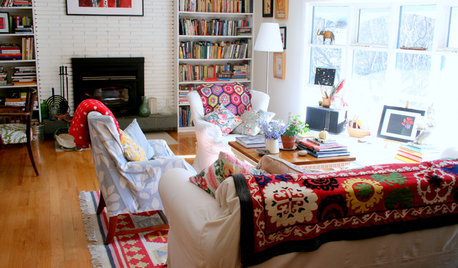
COTTAGE STYLEDecorating a Cottage? Think Flea Market Style
Hit up swap meets and junk shops for furniture that’s comfortable, beautiful and full of stories
Full StorySponsored
Columbus Area's Luxury Design Build Firm | 17x Best of Houzz Winner!
More Discussions






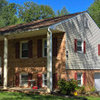

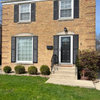
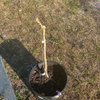
zaphod42
drtygrl
Related Professionals
East Patchogue Landscape Architects & Landscape Designers · Fort Wayne Landscape Contractors · Holland Landscape Contractors · Lewisville Landscape Contractors · Lorain Landscape Contractors · Lyndhurst Landscape Contractors · Oviedo Landscape Contractors · Paramus Landscape Contractors · Soddy Daisy Landscape Contractors · Thonotosassa Landscape Contractors · Wilsonville Landscape Contractors · Fullerton Decks, Patios & Outdoor Enclosures · Gastonia Decks, Patios & Outdoor Enclosures · Archdale Stone, Pavers & Concrete · Charlottesville Swimming Pool Buildersinkognito
missingtheobvious
ally_ld
lehua49
bahia
CFTOriginal Author
ally_ld
ally_ld
zaphod42
Frankie_in_zone_7
bahia
Frankie_in_zone_7
karinl
bahia
ally_ld
Frankie_in_zone_7
rj56
stormz4
Frankie_in_zone_7
ally_ld
CFTOriginal Author